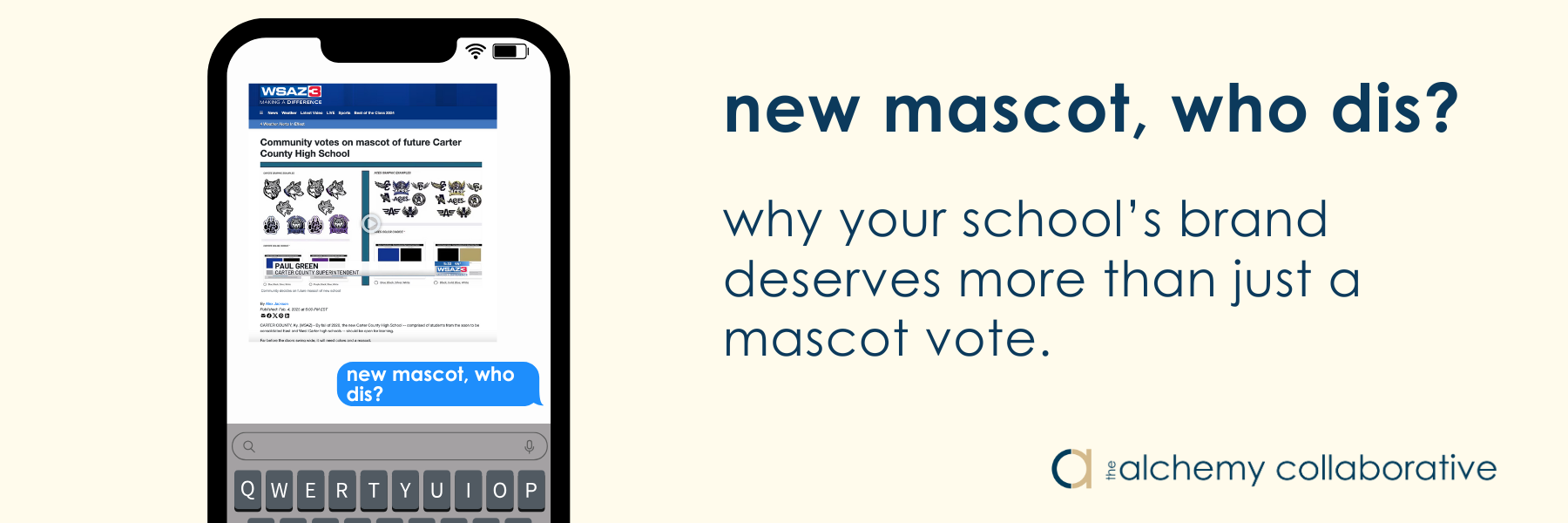School closures due to inclement weather directly impact families, staff, and students. Clear and proactive communication not only ensures safety but also fosters trust within your community. When parents and staff know they can rely on your district for timely and accurate updates, it reduces confusion and frustration during an already stressful time.
1. Build a Centralized Communication System
A centralized messaging platform is essential for school districts. It allows you to send consistent updates across multiple channels, including:
- Email Alerts: Deliver detailed information directly to parents and staff.
- Text Notifications: Ensure urgent updates are received immediately.
- Social Media Posts: Reach a broad audience with shareable information.
- District Website: Provide a dedicated page for weather-related updates and FAQs.
Investing in a comprehensive communication tool like Thrillshare, ParentSquare, or Final Site can help your district streamline messages and minimize delays.
2. Establish Clear Decision-Making Protocols
Creating a well-defined protocol for weather-related closures ensures consistency and accuracy. Your protocol should include:
- Monitoring Weather Conditions: Collaborate with local meteorologists to stay informed.
- Transportation Insights: Consult with transportation teams to assess road safety.
- Facility Checks: Evaluate the condition of school buildings and parking lots.
Set a clear timeline for making decisions, ideally the night before or by early morning, and communicate this process to parents and staff ahead of time.
Example: “Decisions about school closures will be announced by 6 a.m. to allow families ample time to plan.”
3. Proactive Communication is Key
Avoid last-minute confusion by preparing your audience in advance. Use proactive communication to remind families where to find updates and what to expect during the winter season.
What to Include in Proactive Messaging:
- Channels where updates will be posted (e.g., website, email, text).
- Importance of keeping contact information up to date.
- Explanation of snow day policies, including makeup days.
4. Equip Staff with Ready-to-Use Tools
Teachers and administrators play a crucial role in keeping students and families informed. Equip your team with the following:
- Prewritten Templates: Provide message templates for emails, texts, and social media.
- Checklists: Create a checklist for teachers to ensure lesson plans and student assignments are communicated effectively.
- Training: Offer training sessions on using communication platforms efficiently.
This preparation ensures everyone in the district is aligned and ready to act when weather-related disruptions occur.
5. Foster Transparency and Trust
Parents and staff appreciate transparency when it comes to weather-related decisions. Share the rationale behind closures or delays to help families understand the factors involved.
Example:
“Our decision to close schools today was based on reports from local meteorologists, icy road conditions, and feedback from our transportation team. Safety remains our top priority.”
Communicating the “why” behind decisions helps build trust and confidence in your leadership.
6. Leverage Community Support
Involve your community in your snow day communication efforts. Encourage parents and staff to share updates on social media and provide feedback on your processes. This creates a sense of collaboration and shared responsibility.
7. Prepare for Make-Up Days
Clarify your district’s approach to snow day make-up plans. Whether you add days to the school calendar, utilize e-learning options, or designate pre-approved makeup days, communicate this clearly to families in advance.
Example:
“Our district will use traditional snow days, which will be added to the calendar in May. Make-up days will be announced after reviewing the total number of closures.”
8. Continuous Improvement
After each snow season, evaluate the effectiveness of your communication strategy. Gather feedback from families, staff, and community members to identify areas for improvement.
Key Questions to Ask:
- Were updates delivered promptly and clearly?
- Did parents feel informed and prepared?
- Were there any gaps in communication channels?
Use this feedback to refine your approach for the following year.
Conclusion: Be Proactive, Not Reactive
Snow days don’t have to be stressful for your district. By investing in centralized tools, establishing clear protocols, and fostering transparent communication, you can streamline your processes and ensure your community feels supported and informed.
At Alchemy Collaborative, we specialize in helping school districts enhance their communication strategies. From creating tailored messaging templates to implementing user-friendly platforms, we’re here to help you prepare for any challenge winter may bring.
Contact us today to learn how we can support your district’s communication needs.
share:
we're just getting started. explore our other blogs.








